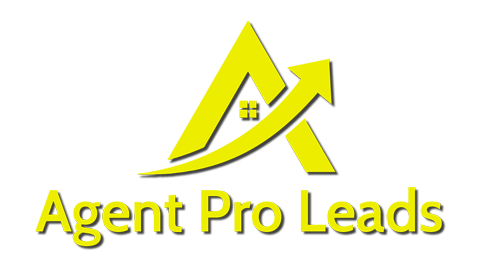
4 Easy Steps to Convert Online Leads
Don’t get confused between being a salesperson and a customer service rep. Here’s how to give the client what they want while getting something in return.
As the real estate world changes and more and more potential buyers and sellers are spending their time online, the need for the practitioner to know how to convert leads is more important than ever. As the head of a company that has thousands of coaching students and a marketing wing that does nothing but create leads for people, I get inundated with questions on a regular basis about the best way to convert these leads.
What’s interesting is that as the industry as a whole evolves, the more it actually stays the same. We are still a people business that thrives on relationships — and that will never change. This is evidenced by the fact that, according to the National Association of REALTORS®’ 2014 Profile of Home Buyers and Sellers, 68 percent of people work with the first pro they have an actual conversation with in person.
Knowing this, the real question is: How do we get consumers to reply to us so we can create a conversation? Here are four easy steps to do that:
Leave Something Out
One of the biggest mistakes I see so many agents make is to fully answer the questions that leads send them. Yes, I know that sounds counterproductive, and you think you should always give them what they asked for so that you provide the best customer service that you possibly can. But if you do that off the bat, do they have any other reason to reply to you and get you one step closer to that conversation you’re after?
Here’s how this works. If they ask about the yard and the kitchen, then tell them everything there is to know about the kitchen. But end with something like, “Oh my God! There is something about the yard that you have to know about! What’s the best way to reach you right now?” Don’t be afraid to use a cliffhanger in your response, but make sure to actually have something cool to tell them.
Keep Your Signature Brief and Add ‘Sent from iPhone’
I know it sounds crazy, but believe it or not, some people don’t want to talk to an agent. It doesn’t make much sense, since they inquired about a house or something similar, but it’s true. That’s why it’s not always a great idea to have on every one of your e-mails a signature that’s long or longer than the actual e-mail itself. Instead, try responding to potential buyers and sellers with an e-mail that has just your name at the end of it — at least until you have built some trust with them.
If you really want to take it to the next level, have a line below your name that says “sent from iPhone” or whatever device you use. It will make them think that you actually just took the time to respond from wherever you are, even if you didn’t.
Respond Within Five Minutes
I don’t think we have to spend a lot of time on this one, as it’s pretty well understood that if you want to have a better chance at converting leads, you need to get back to them as soon as they reach out for info. In fact, according to InsideSales.com, you are nine times more likely to convert an Internet lead when you respond within five minutes. Enough said. If you aren’t able to do this yourself, you may want to consider hiring someone who can dedicate all of their time to this important job.
Don’t Forget to Close!
Too many salespeople in our field are starting to confuse the difference between a salesperson and a customer service representative. Customer service is a part of your job, but it is not what your job is. You are in real estate sales, not real estate customer service, and that means that you need to close the lead conversion.
You don’t have to close by being slimy or disrespectful. If you believe in what you do and that you are the customer’s best option, then this shouldn’t be such an issue. But you can’t close with lingo that consumers don’t even understand, such as: “When could I come by for a comparative market analysis?” What does that even mean and how long is that going to take?!?!
If someone contacts you inquiring about the value of their home, ask them if they wouldn’t mind you coming by for a quick five-minute price consultation to make sure that you get them the most accurate value possible. You’ll be amazed how much more willing people are to give you five minutes to get what they want than they are to let you come through for a comparative market analysis for an hour.
by Jared James
